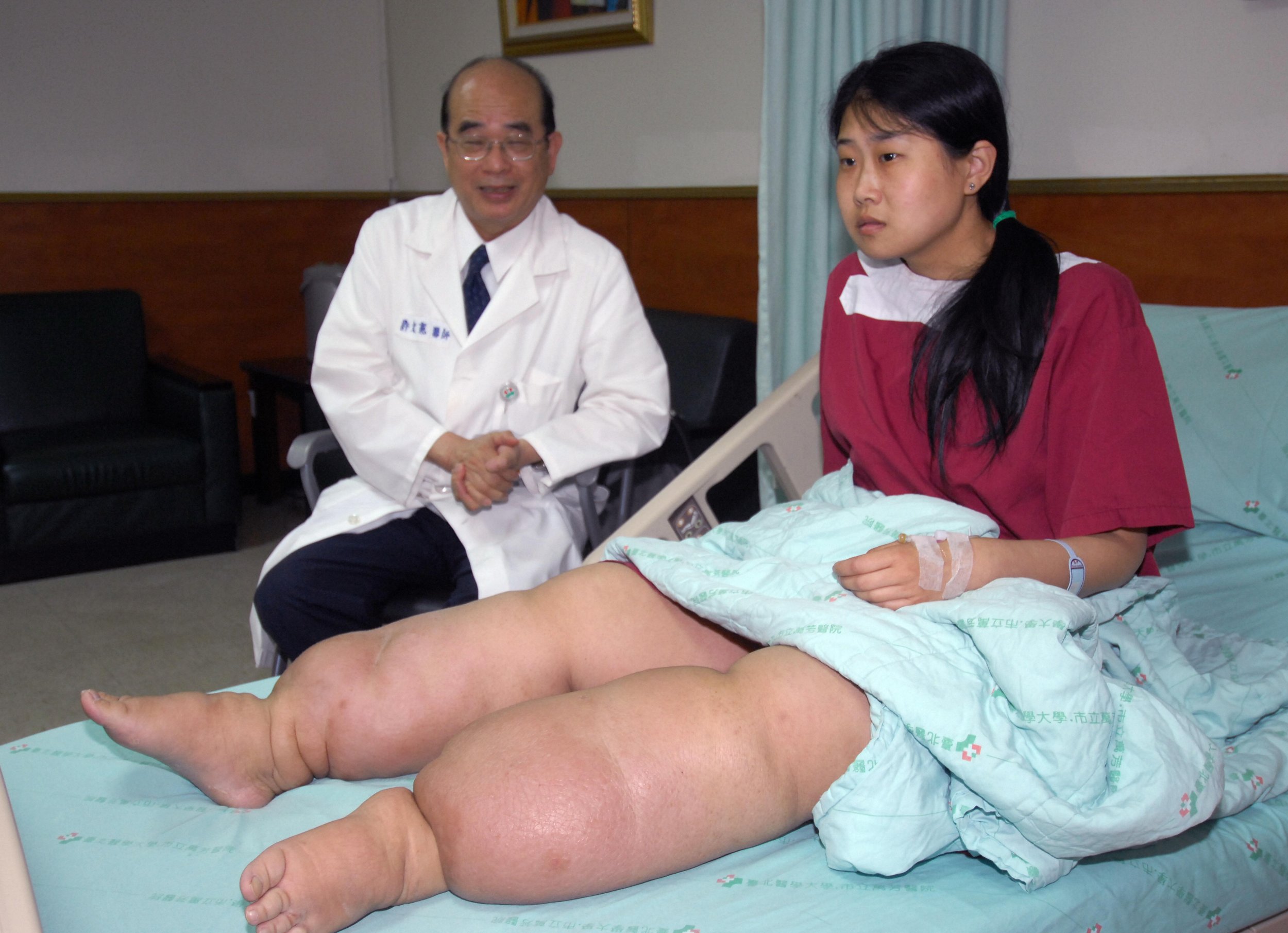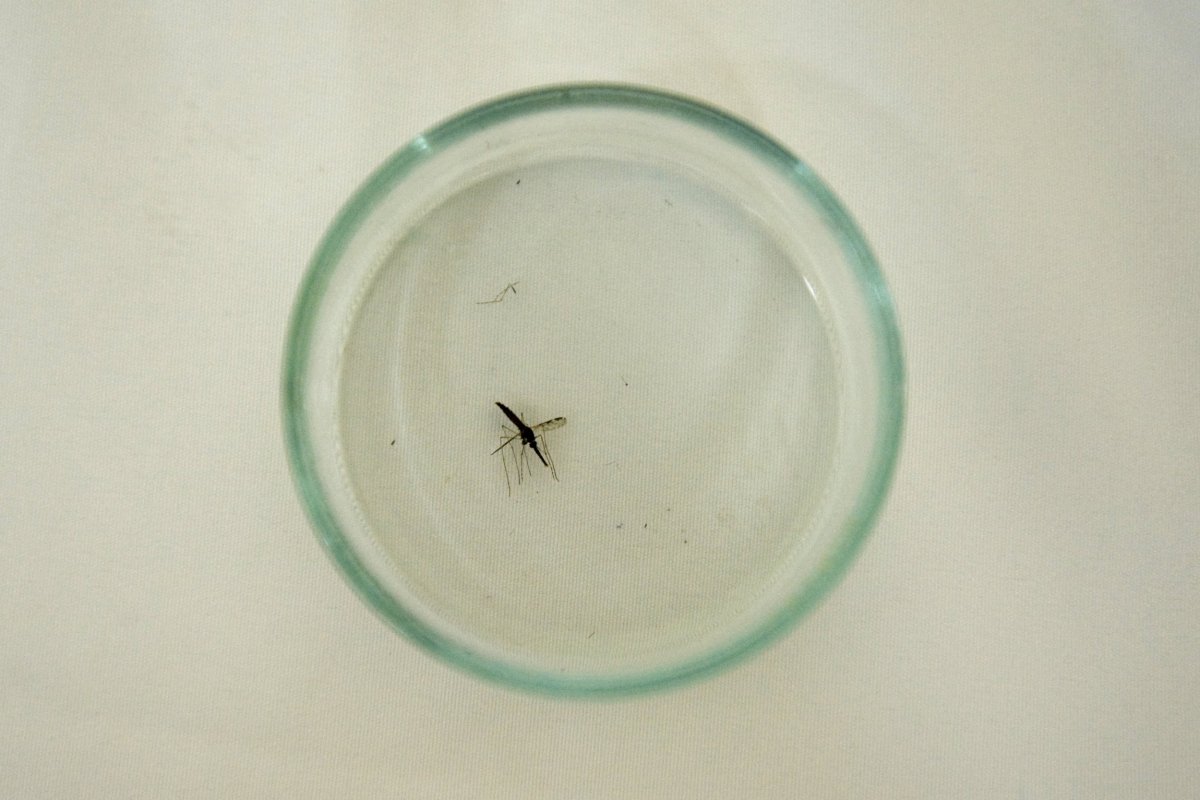
Horace Owiti Opiyo thought he was cursed by the devil.
The 20-year-old, from the small town of Kibigori in western Kenya, first noticed a cyst growing on his genitals at the age of 10. The lump gradually grew and grew until Opiyo was left with a three-foot penis and testicles weighing 11 pounds.
His huge genitals left Opiyo unable to walk properly or even wear clothes and resulted in social isolation and stigma. But after undergoing surgery, Opiyo says that he is looking forward to his future.
"Now I can run and I can play football. Now I'm free!" said Opiyo, MailOnline reported. He said his next goal was to get an education after dropping out of school due to bullying about his deformity. "Who knows what will happen in the future?"
@babysussex I smell a rat. Harry said the baby has changed so much over the past two weeks...which was when the Queen visited them..hmmm.
— Gunner (@Gunner85489116) May 8, 2019
Opiyo was diagnosed with scrotal elephantiasis. But what is the condition that can result in massive swelling of the male genitalia?
What is elephantiasis?
Elephantiasis is more properly known as lymphatic filariasis and is a condition that affects the lymphatic system—a network of tissues and organs that functions as the body's drainage system, getting rid of toxins and waste products.
Lymphatic filariasis—according to the World Health Organization (WHO)—is a disease caused by roundworms that are transmitted to humans via mosquitoes. The worms lodge themselves in lymphatic vessels and impair their function, leading to the swelling of tissue and thickening of the skin. The parasitic worms can live for up to eight years and produce millions of larvae that circulate in the blood and can potentially grow into new worms.
What are the symptoms?
Most people infected with the disease never actually show symptoms, but the parasites still do damage to their lymphatic systems. For those who do develop symptoms, these usually constitute abnormal swelling of tissues. Most commonly, this occurs in the legs, but it can also affect the arms, breasts and genitalia, according to the U.S. Centers for Disease Control and Prevention (CDC).
The swellings are caused by the buildup of fluids and waste products—since the lymphatic system is not functioning properly—and can leave sufferers more susceptible to infections. The disease can also lead to the hardening and thickening of the skin.
In men, the swelling can occur in and around the scrotum: This manifestation of lymphatic filariasis is known as hydrocele.
How many people are at risk of elephantiasis?
Some 856 million people in 52 countries around the world are threatened by lymphatic filariasis, according to the WHO. In 2000, the disease infected more than 120 million people, leaving one-third disfigured and incapacitated. The parasitic roundworms are transmitted by various types of mosquito—including the Anopheles genus of mosquitoes, which are found around the world except in Antarctica and are also largely responsible for the spread of malaria.
Read more: This bear's tongue was so big it dragged along the floor
Baseline estimates suggest that at least 25 million men around the world are affected by hydrocele—or scrotal swelling—according to the WHO.
How can it be treated?
Large-scale chemotherapy can be used to treat patients who have contracted lymphatic filariasis but do not show significant symptoms. The WHO recommended the mass administration of two medicines annually to at-risk populations. The medicines reduce the chance of infected persons passing on the disease by attacking the larvae of the roundworms lodged in their lymphatic systems.

For those with swellings, including hyrdocele, surgery is often the only way to alleviate suffering and reduce social stigma.
Is it a threat in the United States?
The CDC says that "you cannot get infected with the worms in the United States." Charleston, South Carolina, was the last known place to be affected by the disease, but it disappeared in the early 20th century. The disease is endemic to a few countries in the Americas, and U.S. travellers are at risk if they travel to parts of the world where the disease is more widespread, particularly sub-Saharan Africa and southeast Asia.
Uncommon Knowledge
Newsweek is committed to challenging conventional wisdom and finding connections in the search for common ground.
Newsweek is committed to challenging conventional wisdom and finding connections in the search for common ground.
About the writer
Conor is a staff writer for Newsweek covering Africa, with a focus on Nigeria, security and conflict.
To read how Newsweek uses AI as a newsroom tool, Click here.








